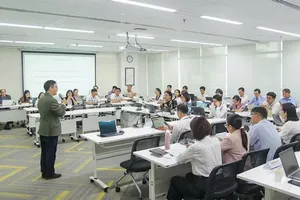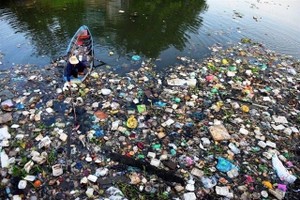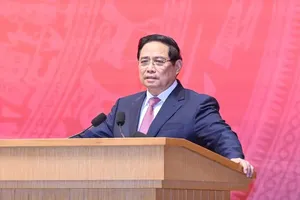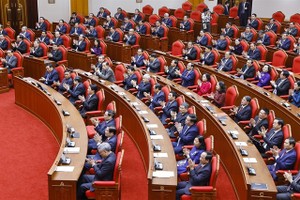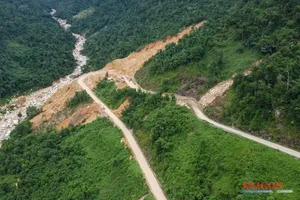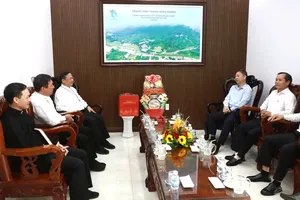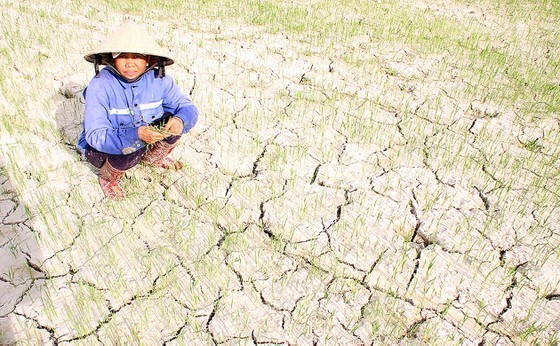
Moreover, in addition to advising farmers to transfer to grow drought-resistant crop to adapt to the situation, prepare food for cattle and dredge canals, agricultural authorities in central provinces have applied technologies to consume water for agriculture more economically.
The Directorate of Water Resource under the Ministry of Agriculture and Rural Development yesterday said that water supply comes from reservoirs, all of which have dipped by 30 percent to 60 percent capacity because the monsoon rain that replenishes them has not come on time. Severe drought has threatened thousands of rice paddies in central provinces.
According to the Directorate of Water Resource’s estimated figures, this blistering heat will linger until the end of May.
Chairman of Thua Thien - Hue Irrigation Company Do Van Dinh said that his company often closely observe and examine the local hydro plants’ plan to have proper responses to the problem.
Accordingly, the locals will proactively prevent salt intrusion and water scarcity by fully exploiting sources on the main rivers such as Huong, Bo, and O Lau rivers.
Simultaneously, the company also concentrates on repairing a number of damaged items to operate Thao Long dam , the largest anti-salinity dam in Southeast Asia locating upstream of the Perfume River’s mouth at Thao Long River in the central province of Thua Thien-Hue, in order to minimize salt intrusion, providing enough fresh water for agricultural and daily activities of residents in districts Quang Dien, Phu Vang, Huong Tra, Huong Thuy and Hue City.
Deputy Chairman of the People’s Committee in the Central Province of Binh Dinh Tran Chau required local administrations in the most drought-hit regions to keep an eye on the situation to have good solutions. Water supply for daily activities and then production is top priority.
Moreover, leaders of the People’s Committee in Binh Dinh proposed Phu My district administration to accelerate the upgrading of their water supplies works which can be put into operation as soon as possible to provide water to thousands households in communes such as My Chanh, My Chanh Tay, My Cat, My Phong and My Thanh.
According to Binh Dinh Province Directorate of Water Resource, at present, 5,165 hectares in Binh Dinh are being left vacant and residents are focusing on cultivating upland crops on 11,000 hectares.

